
A reverse-flow homodigital island flap is a surgical technique used in reconstructive hand surgery to repair tissue defects or injuries in the fingers. This flap is called “reverse-flow” because it involves using the artery and vein on the same side of the finger as the flap. Here are the indications for using a reverse-flow homodigital island flap:
Soft Tissue Defects: Reverse-flow homodigital island flaps are primarily used to reconstruct soft tissue defects in the fingers. These defects may result from trauma, burns, infections, or tumor excisions. These flaps provide a reliable source of tissue to replace lost or damaged skin and subcutaneous tissue.
Digital Replantation or Revascularization Failure: In cases where attempts to reattach finger or revascularize a severed or injured finger have failed, a reverse-flow homodigital island flap can be employed to cover the exposed bone, tendon, or neurovascular structures. It helps to promote wound healing and protect vital structures within the finger.
Finger Pulp Reconstruction: The finger pulp is the soft, fleshy part at the fingertip. When this area is injured or degloved, it can lead to sensitivity and function loss. Reverse-flow homodigital island flaps can be used to reconstruct the finger pulp, restoring its contour, sensitivity, and function.

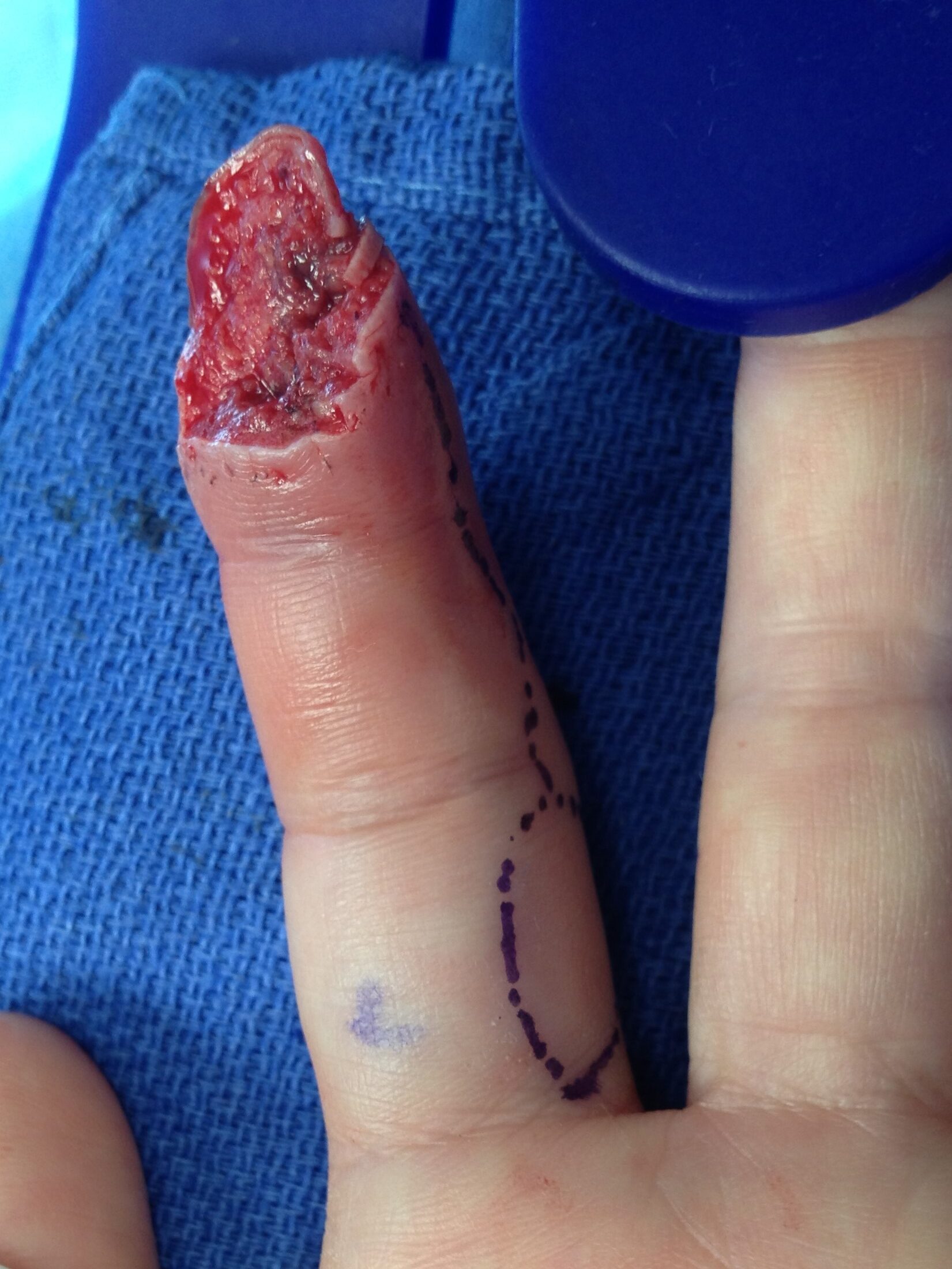
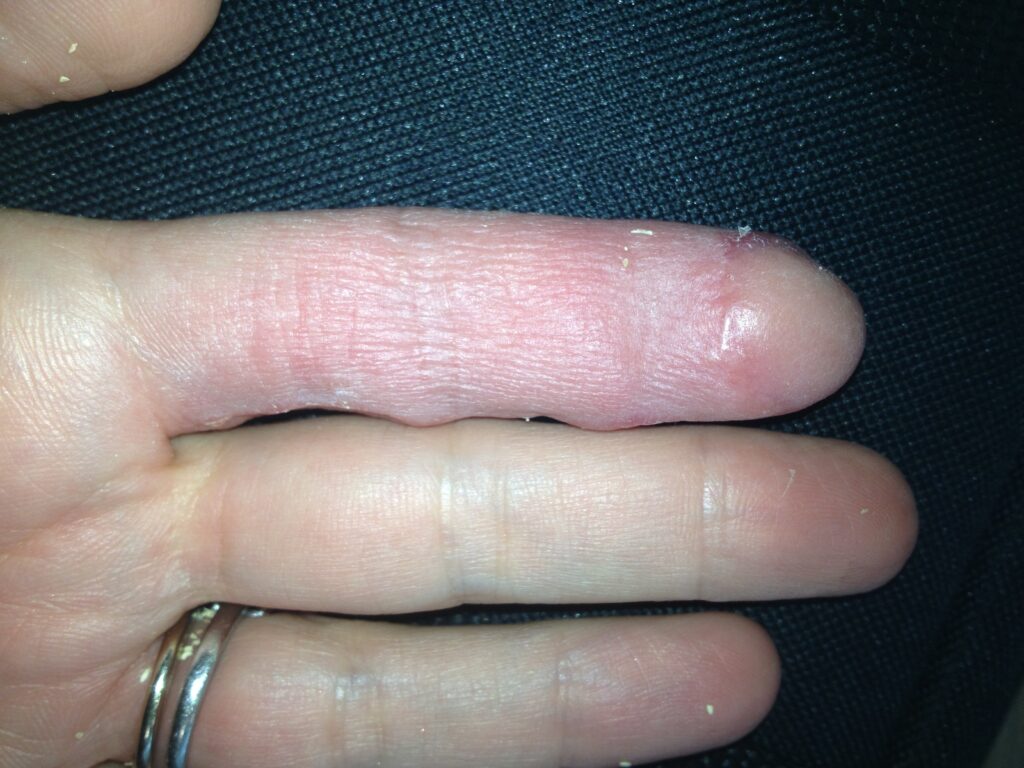
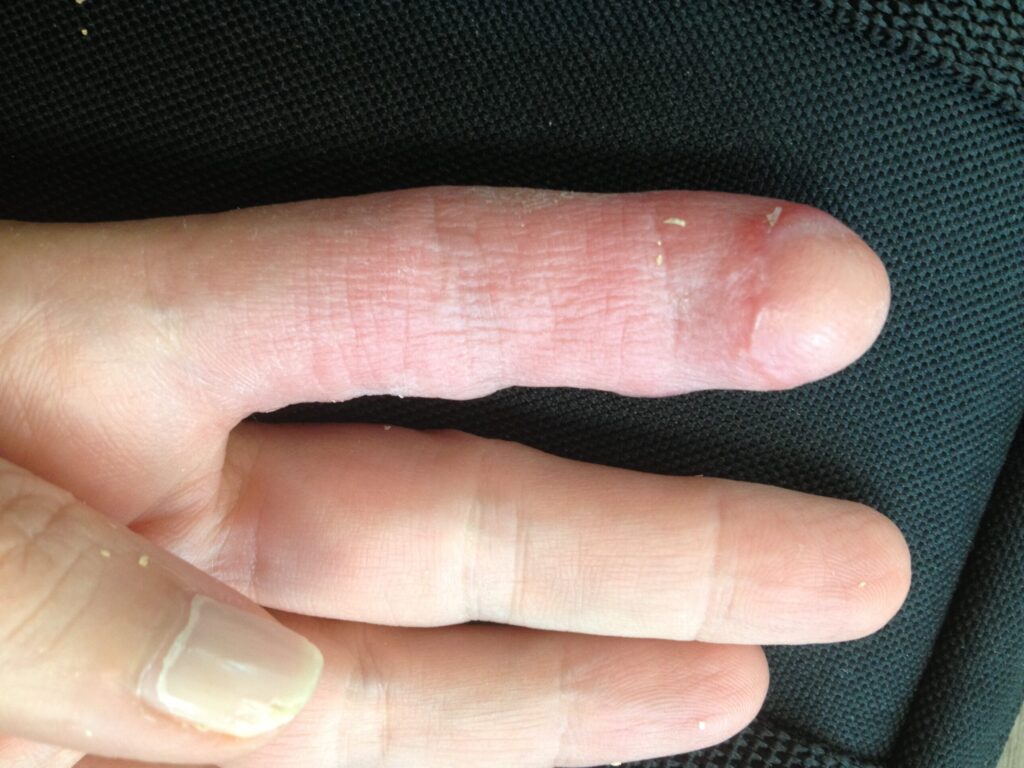
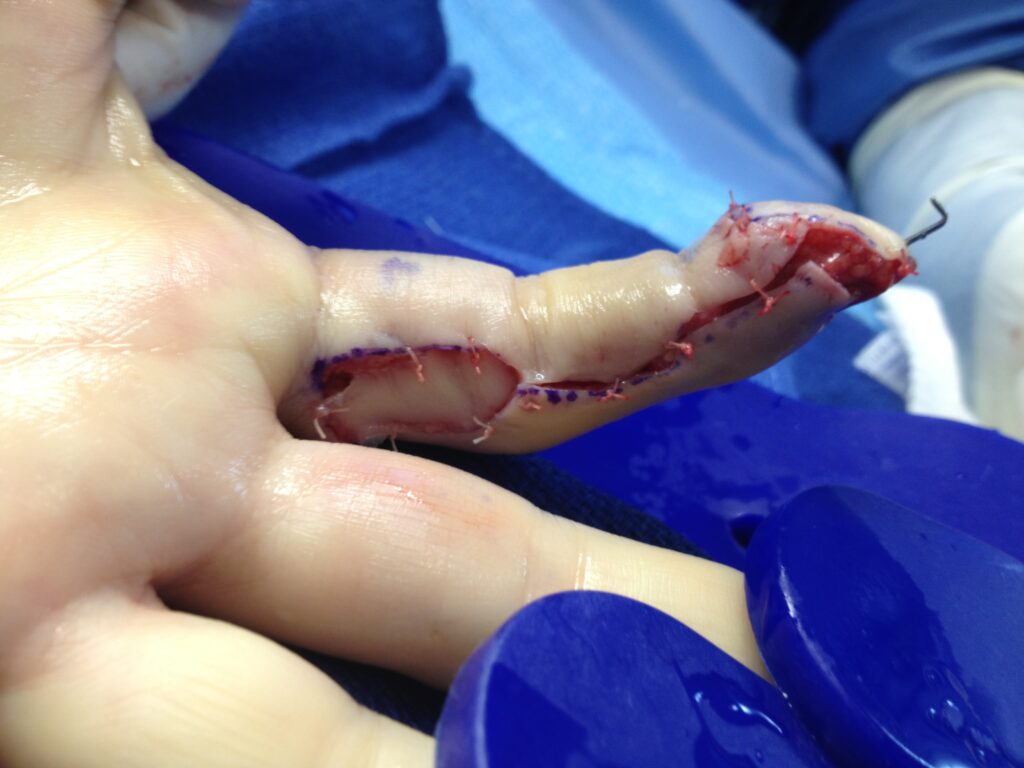
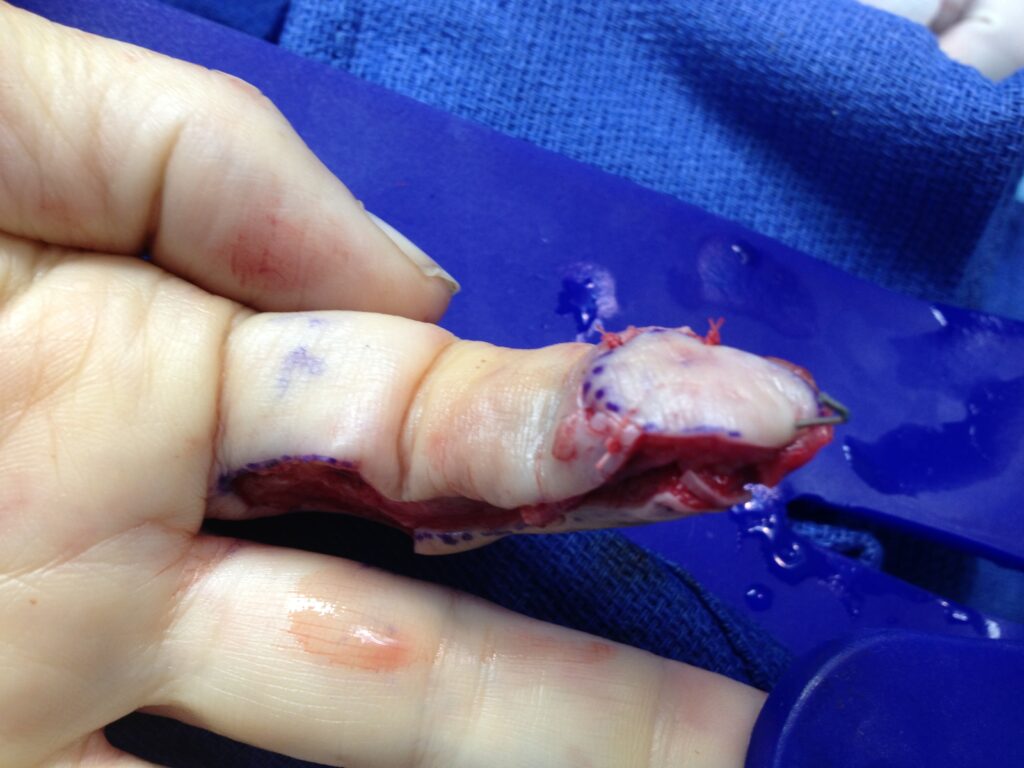

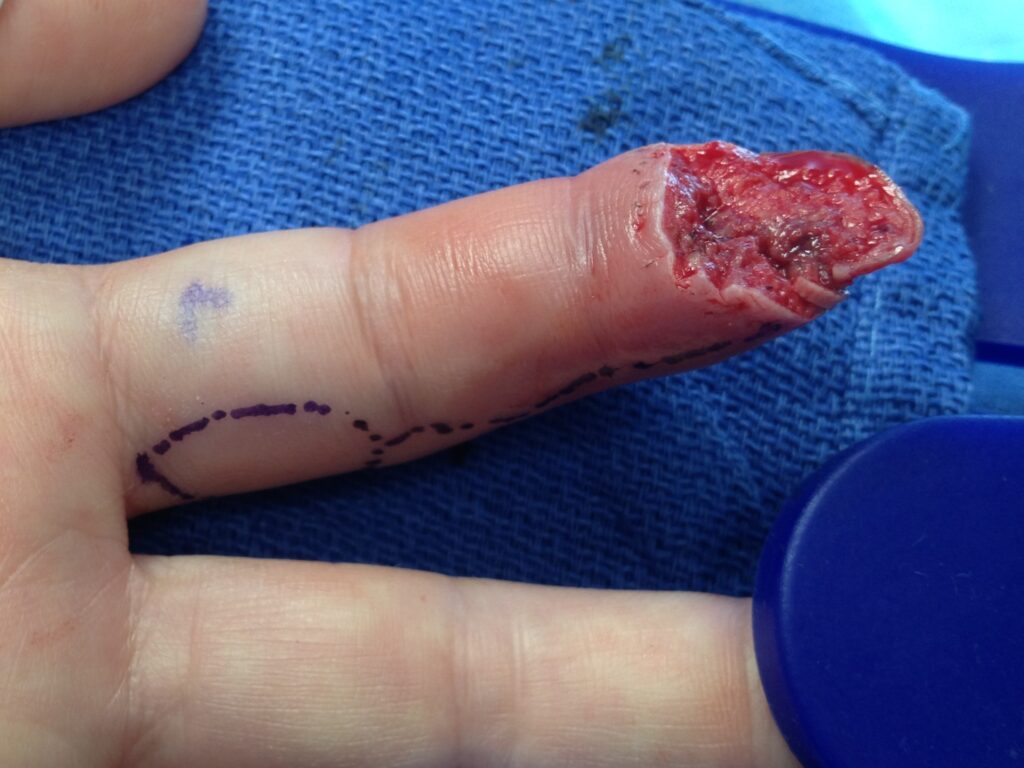
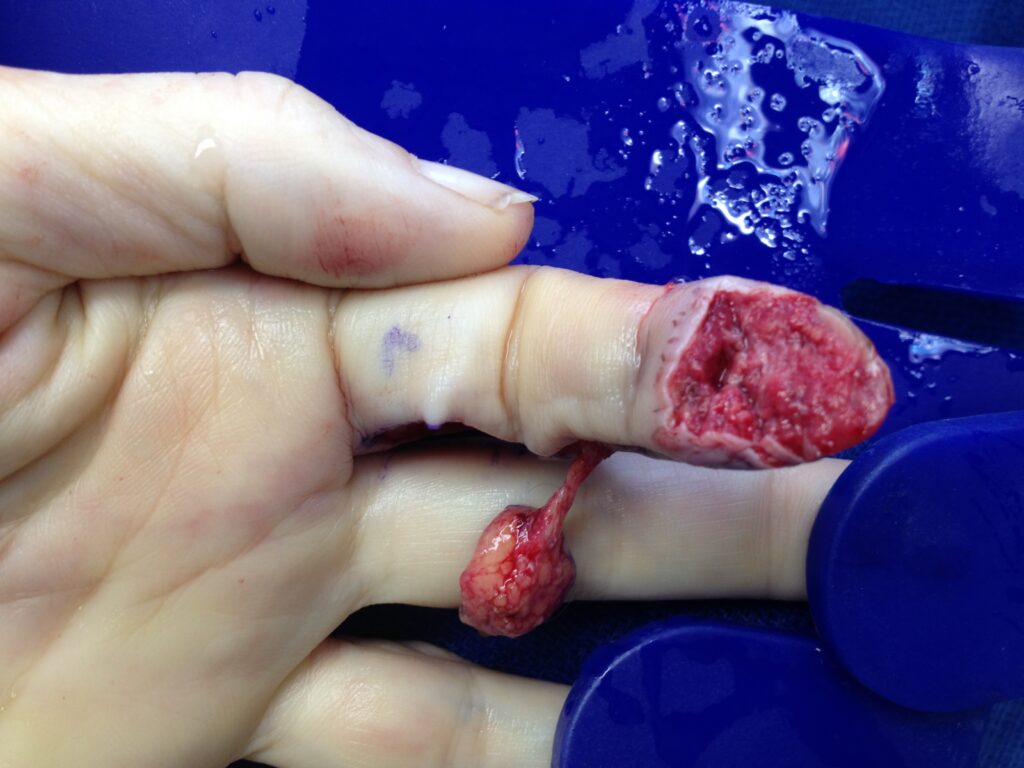
The hand and upper limb Part 1 Chapter 172 Reconstructive surgery of individual digits ( Excluding Thumb) Roger K. Khouri, MD, FACS & Alejandro Badia, MD FACS
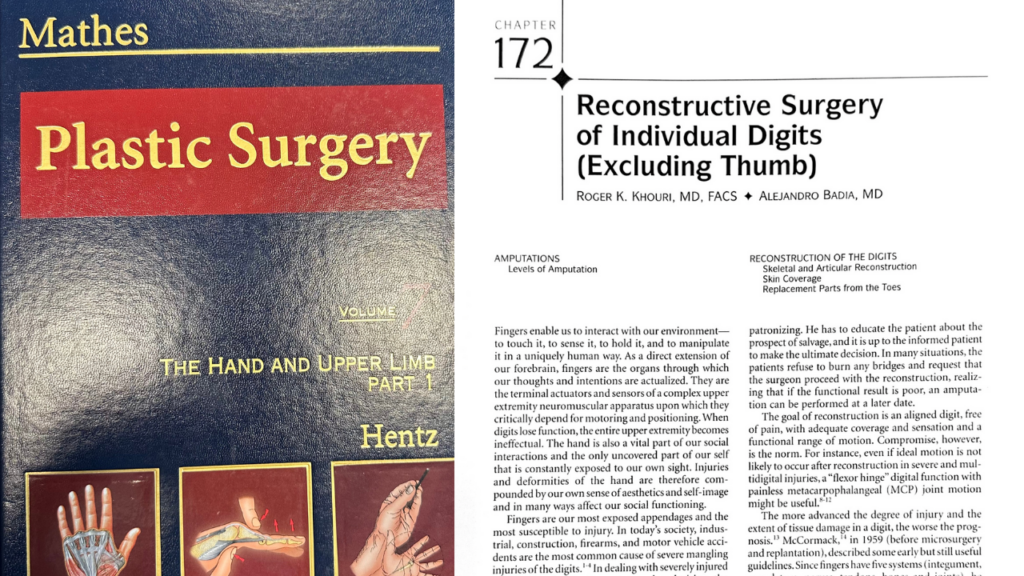

Monday- Friday: 8:30AM- 5:00 PM
Saturday- Sunday: Closed